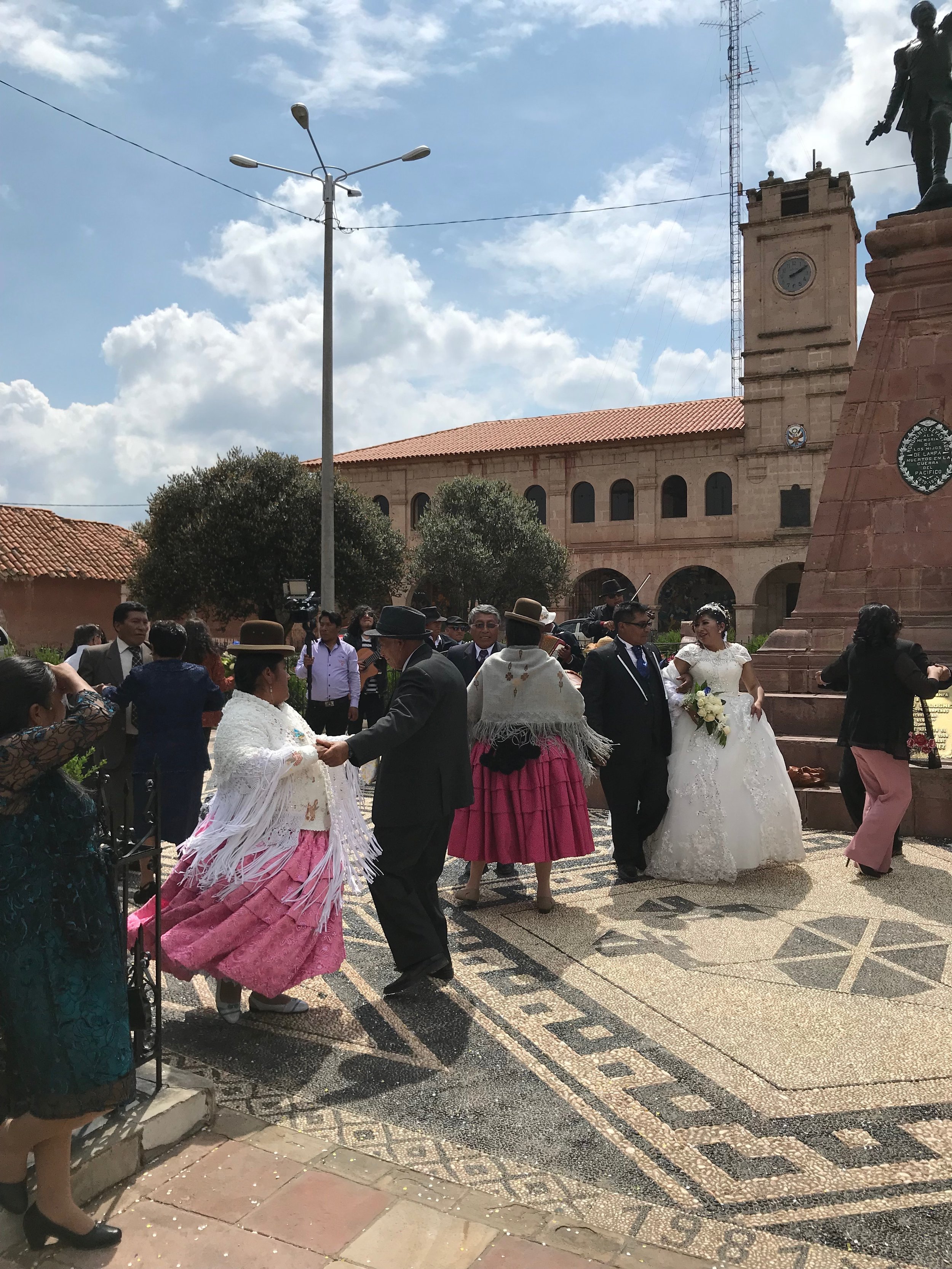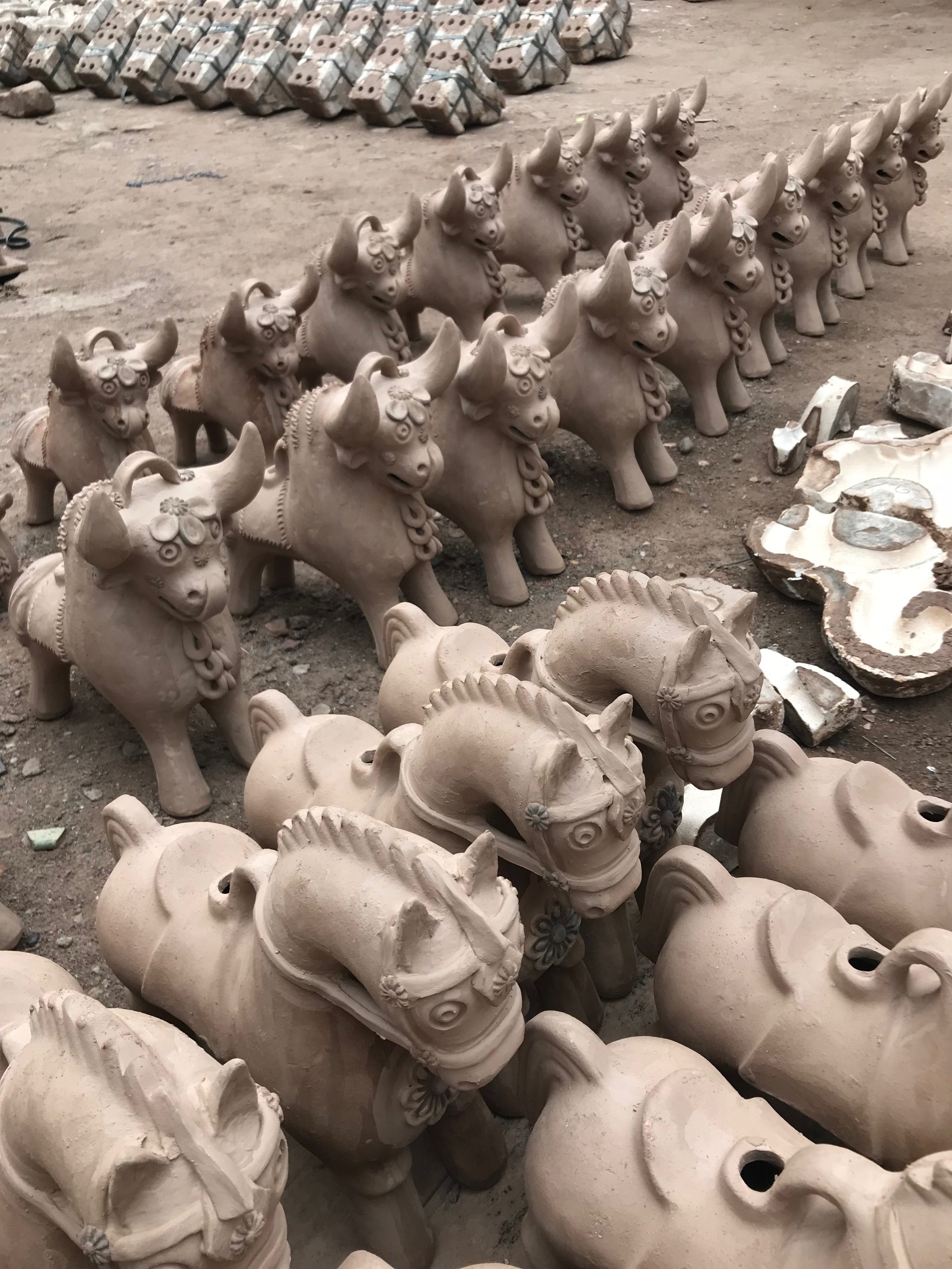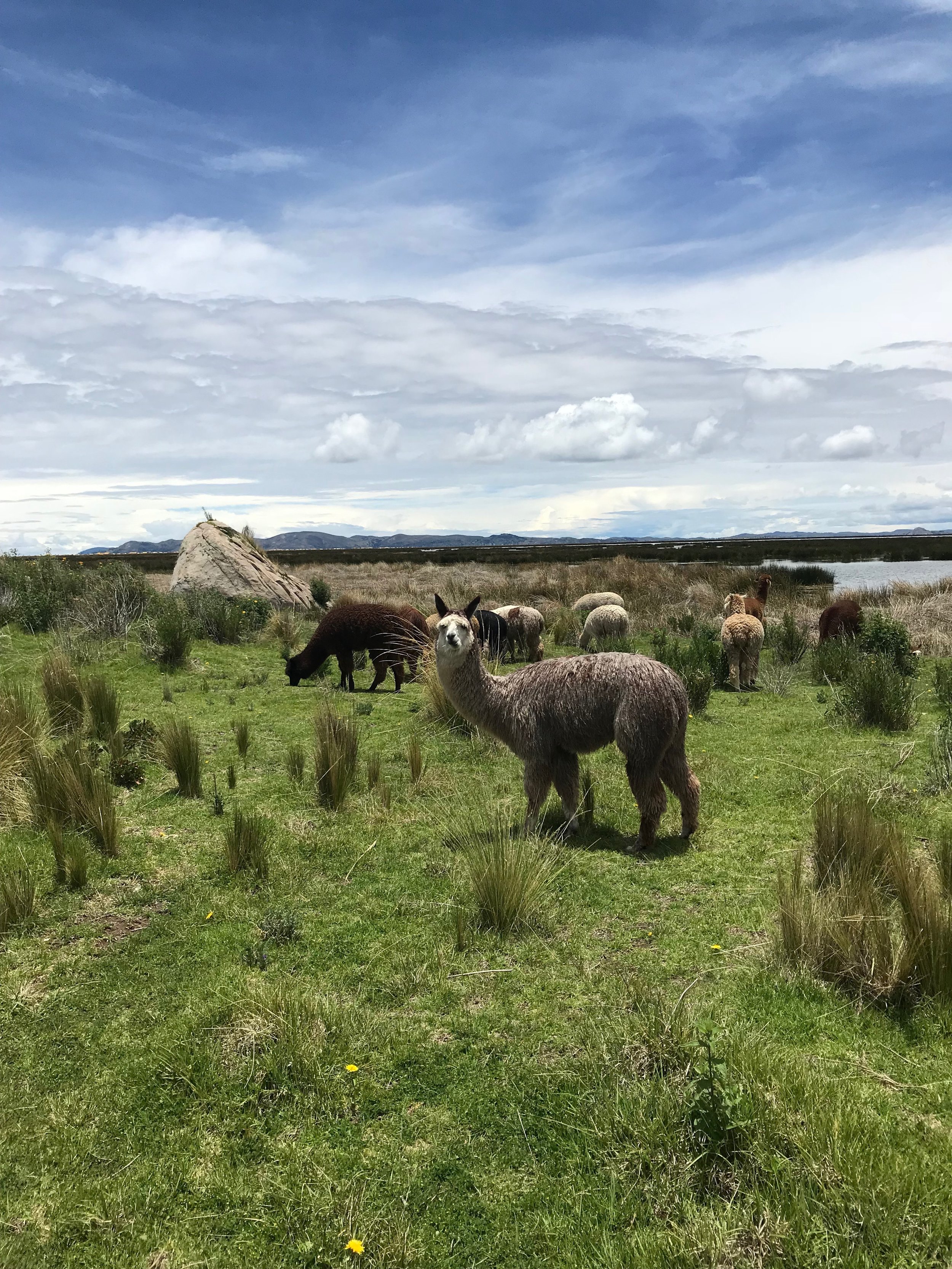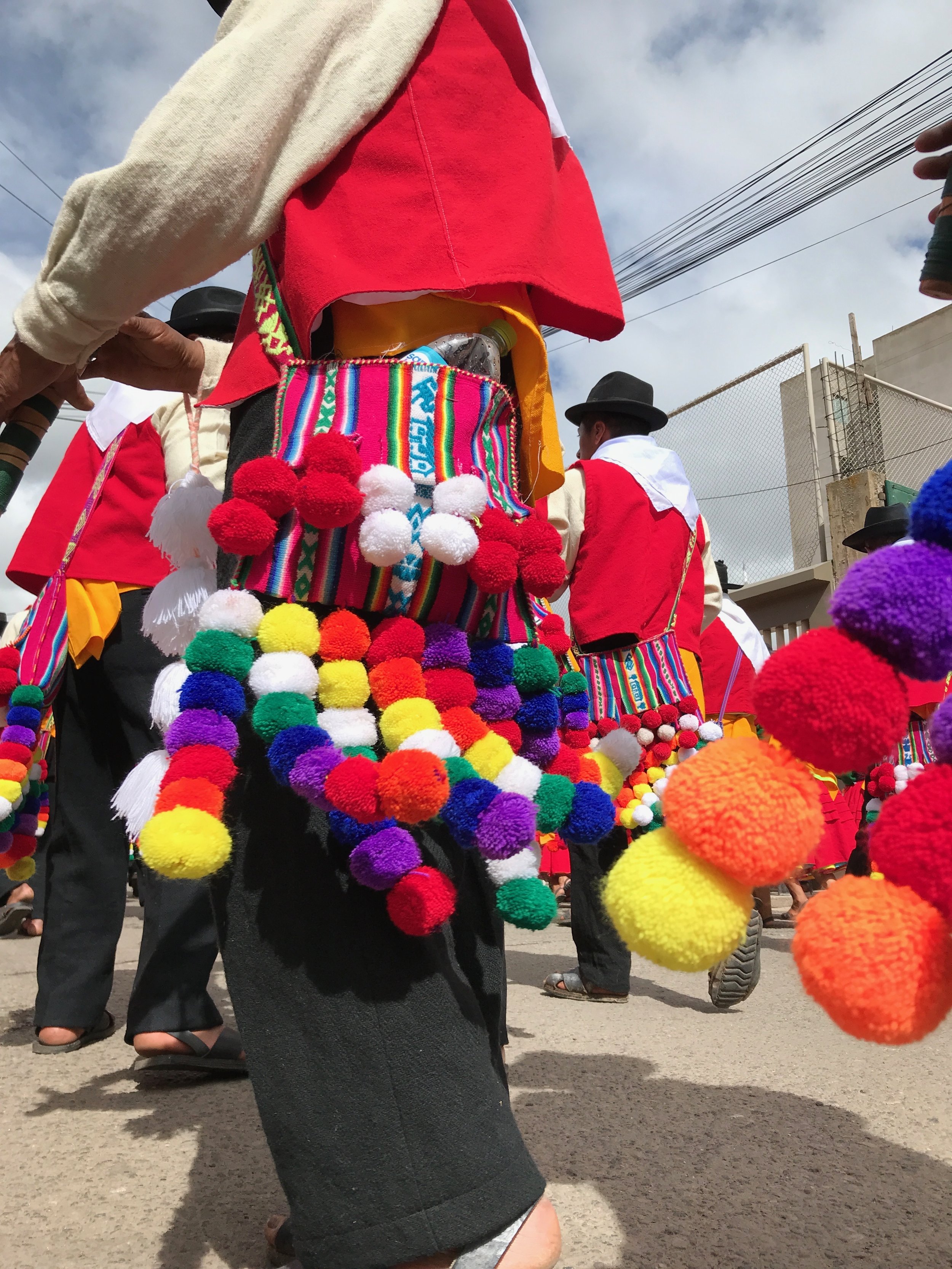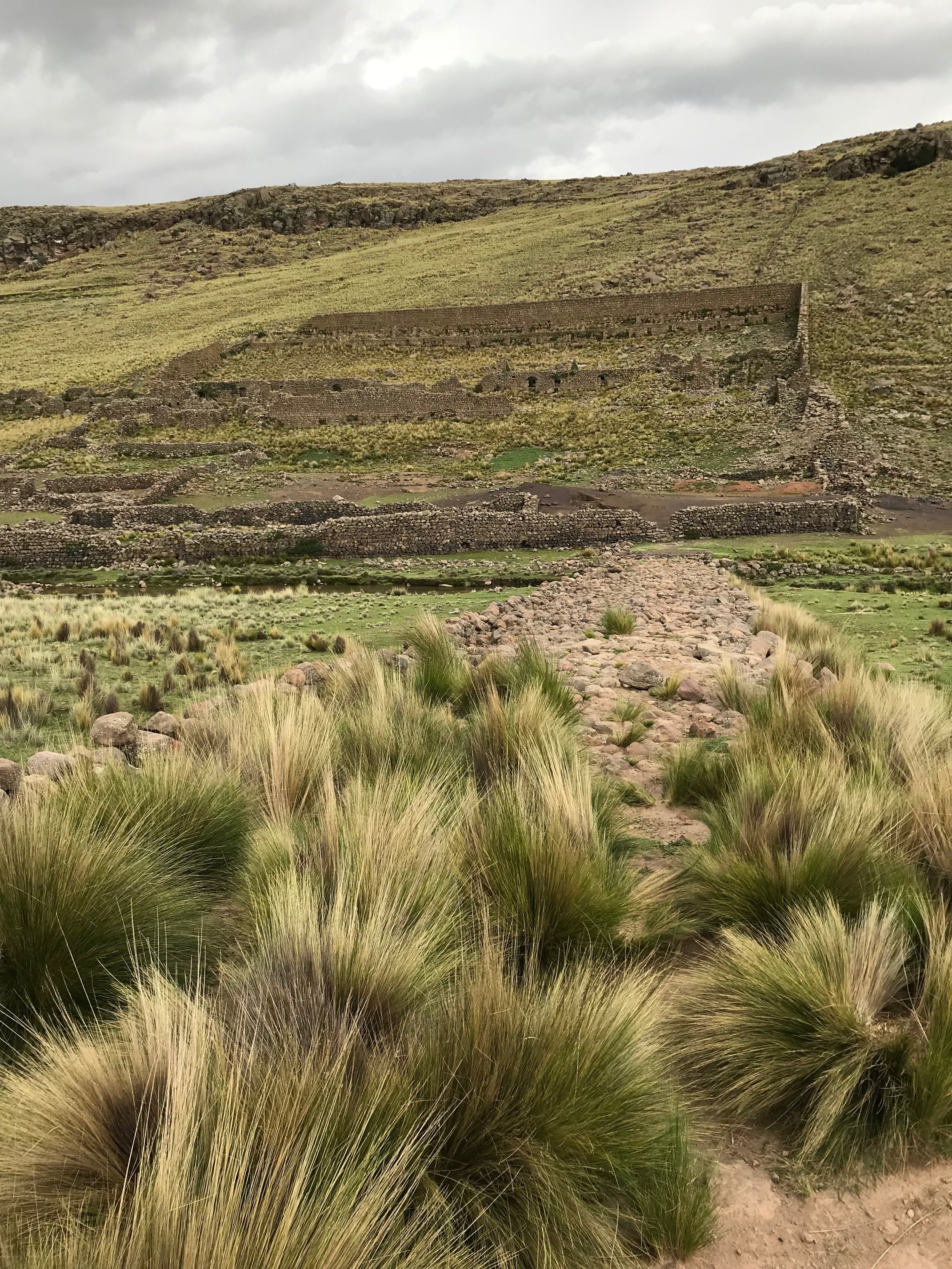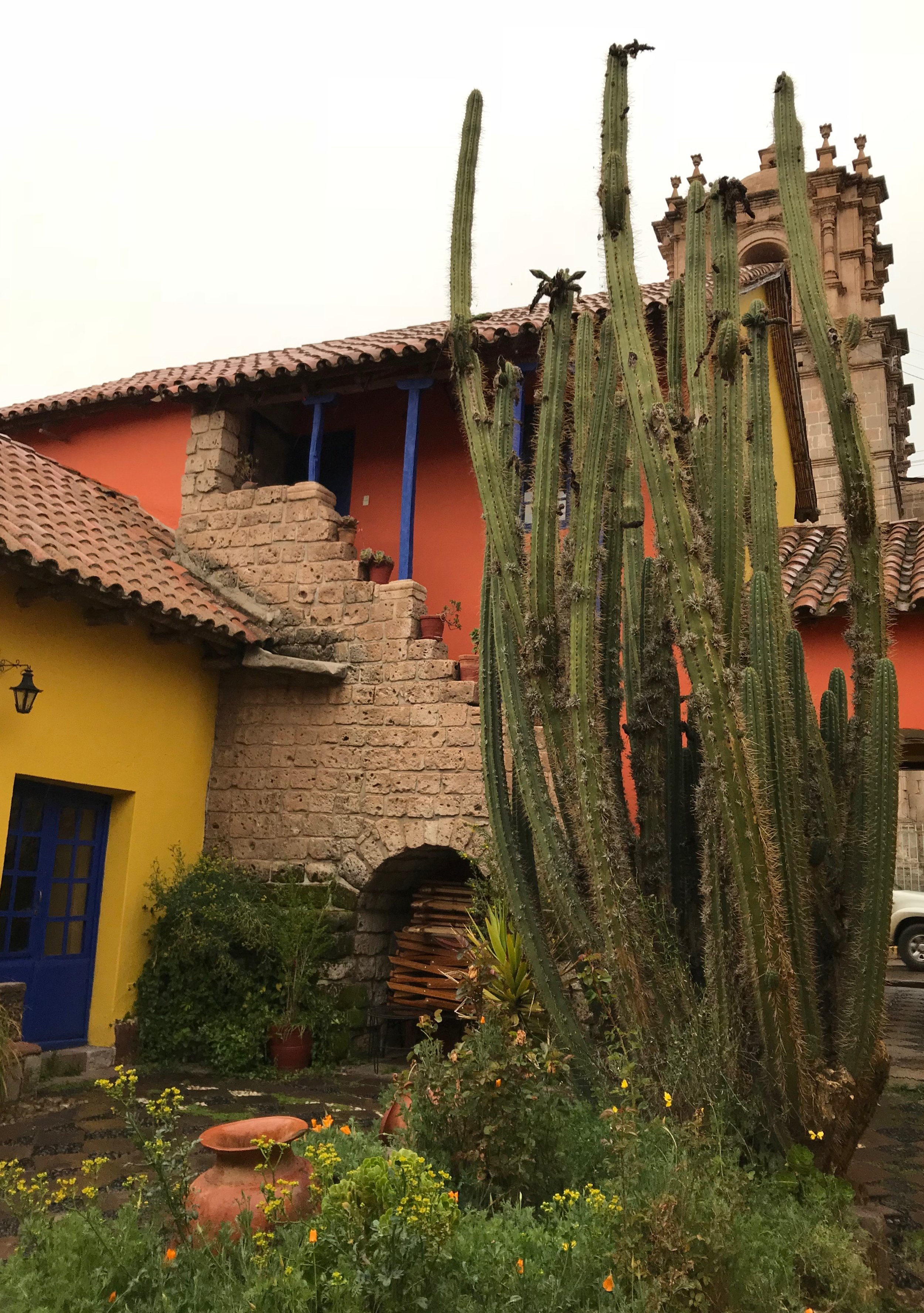Puedes leer este artículo en español, aquí.
Six months ago I visited Puno and, just as the first time approximately 20 years ago, I was in awe at the beauty of the landscape, the warmth of its people and the vibrancy of its colors. The hospitality of my hosts (Naldi, a good friend from my early college years, and her husband Marco, a proud puneño) was definitely that trip's highlight. Yet, I'd like to share with you a few memories that I took with me and recommended activities if you plan to visit this area in Southern Peru.
1. LAMPA, LA CIUDAD ROSADA Known as The Pink Town because most of its buildings are painted in different dusty shades of pink, Lampa is a charming colonial town located roughly 36 km northwest from Juliaca and 78 km from Puno. As if its quaintness alone weren't enough, we'd get a couple of extra surprises during our visit. For starters, we happened to witness a wedding celebration right at the square located on the side of the cathedral. Actually, we kind of crashed the party...I was even invited to dance with them! Of course, I couldn't say no...sorry, I'm too shy to share the video. We then were strolling the town's deserted streets when we heard some music and singing. We walked in that direction and we ended up at the local stadium where the community was rehearsing for the upcoming La Candelaria festivities. What a treat! It was a fantastic preview of what we'd see a couple of days later (see number 4).
2. TORITOS DE PUCARÁ Another mandatory stop when you're visiting the area is certainly Pucará, another colonial town, especially if you're interested in getting some of its famous toritos. Yes, toritos is Spanish for 'little bulls' and these are made from clay, come in different sizes and are painted in an array of bright colors, so there are many options to bring back home for your self or as presents for friends and family. I was told Toritos de Pucará are to be placed on your home's roof, above the entrance, for protection, always in pairs (duality is very important in Andean culture). They're a usual sight on top of houses everywhere in the Andes, but they are named after Pucará because at its train station is where they were first sold to travelers passing by in the early 1900s. Nowadays, a handful of artisans keep the tradition of making toritos de Pucará and selling them here.
3. A CLOSE ENCOUNTER WITH ALPACAS Naldi and Marco happen to live in close proximity to Hotel El Libertador, located in Isla Esteves, so one afternoon we went for a walk around its premises. Although this is a gated property usually reserved for guests, you will be given a pass to visit if you leave your ID at the entrance. Here, we enjoyed the calmness of the place and, simply put, nature at its best. What could top being by the world's highest sailable lake anyway? It did get better, though...we ran into a herd of alpacas! They didn't seem to be bothered by our presence, and they continued peacefully grazing. At times they even seem to be posing for our photos. I was mesmerized by their beauty and grace, as well as by the variety of their colors: from light gray to beige and brown to black. Priceless.
4. LA CANDELARIA Puno's largest annual celebration takes place every February, with the participation of communities that come from as far as hundreds of kilometers away. There are over 100,000 participants, among dancers, musicians and organizers. La Candelaria includes a number of rituals and events, but the music and dance competitions happening the first two weekends of the month are not to be missed. They're a massive artistic demonstration where religious and cultural traditions meet to honor the region's quechua, aymara and mestizo heritage as well as their patron, the Virgin of Candlemas (Virgen de la Candelaria, in Spanish). This year, I was one of the many tourists that come from everywhere each year to join the celebrations and I was not disappointed. Mark your calendar to visit Puno during this time of the year and prepare to see an endless parade of colorful costumes, lively native music and vibrant dancing. You won't regret it.
5. SAN LUIS DE ALBA On my last day in Puno, my friends took me to this Spanish citadel, which was supposedly populated by Vascos and Andalusians in the mid 1600s. According to historians, San Luis de Alba was a mining center that was destroyed by the governing Virrey at the time, as a result of the mestizos' rebellion against those loyal to the Spanish crown. All there is nowadays is the ruins of the fortress that was built to keep the city from possible attacks. Along with some playful vizcachas, an Andean rodent that looks very much like a squirrel, we were the only ones visiting this site. After exploring it for a little while, we could see the rain brewing in the horizon so we sought refuge in the car. Timing could have not been better to have some delicious choclo con queso (boiled corn cob with white cheese on the side) for lunch, as it started pouring.
6. TUNKI COFFEE Yes, my trip couldn't have had a better end: an always needed coffee fix! La Casa del Corregidor is a beautiful colonial house that hosts a cozy café bar with LPs decorating its walls, for a retro ambiance. If you prefer, though, you can sit at its charming patio. No matter where you choose to hang out, this place is instagramable for sure! Of course, they proudly serve Tunki coffee, a local organic coffee that has been acknowledged as one of the best in the world. You feel like having a drink instead of coffee? They have a full bar, featuring cocktails (including pisco sours, of course) and a selection of beers. What if you're hungry? They also offer a comprehensive menu that includes a variety of sandwiches, salads, soups, etc. as well as some Peruvian traditional dishes and desserts.
Aside from these experiences, I took with me the wonderful conversations and good times I had with Naldi, Marco and their daughter Aymara...I certainly hope that my next visit to Puno isn't in another 20 years!


